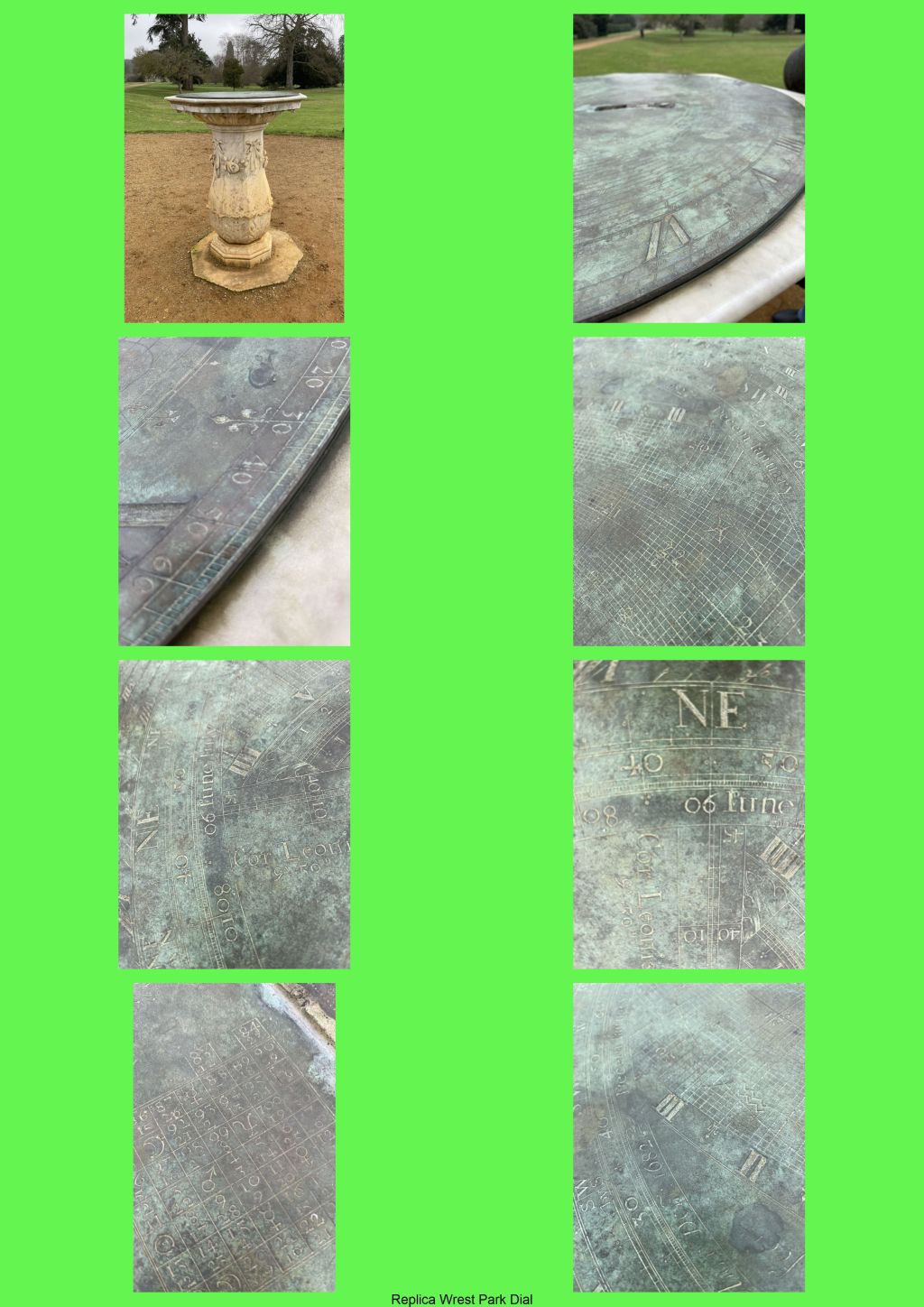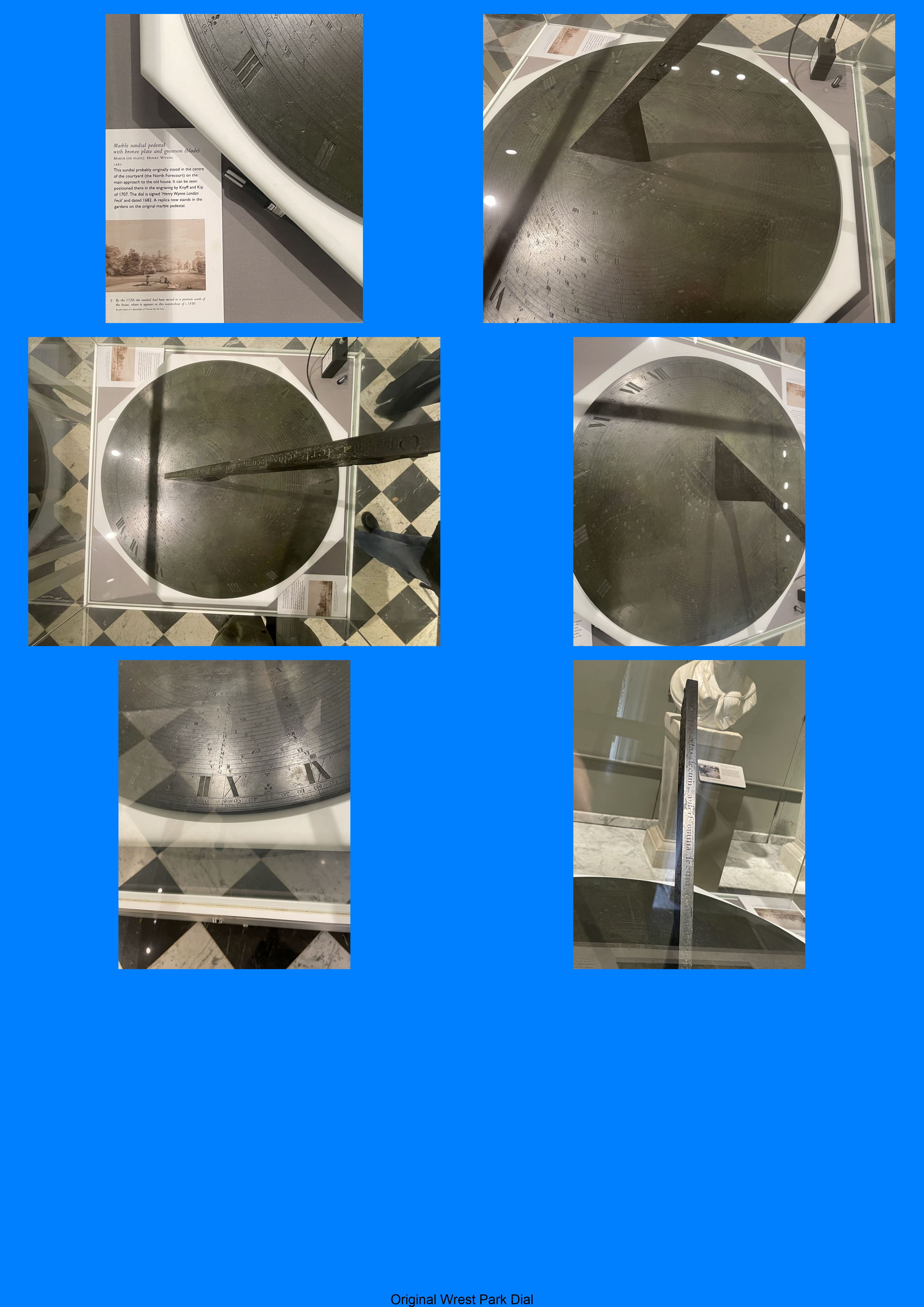

History
Wrest Park belonged to the Grey family from the Middle
Ages until the early 20thC. In 1651 on the death of Henry, the 10th Earl of Kent,
the house stood in what remained essentially a mediaeval landscape, with a deer
park to the North, a warren immediately to the South skirted by fishponds, and a
mill pond (if not a mill) to the south-east. In 1652 Amabel, Henry’s widow,
purchased the manor of Clophill and Cainho and the land immediately to the North
where the present Wrest Park House stands. Part of the warren was converted into
a bowling green (and remains in use as such). Her son Anthony (the 11th Earl)
married Mary the daughter of Baron Lucas of Crudwell in 1662. When Mary
inherited her father’s wealth in 1671, the couple, assisted by Amabel, embarked
on the embellishment of the house and the formalisation of the gardens. A new
and extended classical façade was built on the North side of the house,
regularising its appearance, as shown in an engraving by Kip and Knyff dated
1705, and a garden termed 'The Great Court' was created on this side to provide
an impressive approach.
The Wynne Sundial and marble pedestal have been sited here since the beginning
of the 18thC and used to stand in front of the old house which has now been
demolished. The original sundial plate (later replaced by a fibreglass and
etched metal copy) was signed by Henry Wynne and dated 1682.
William Treacher writing in 1899 (as quoted by Davies) records 'Sundial (dated
1682) on a marble pedestal and placed there by Amabel, Countess of Kent, which
gives the solar times for different parts of the world. Several Latin
inscriptions remind one of the flight of time, and on the gnomon are to be found
the arms of Kent, Crewe and Lucas families, with this motto, 'Foy est Tout'
(Faith is everything)'.
A historic landscape and mansion, the home of the de Grey family from the
early-13thC until 1917, when it was sold after the death of Auberon Herbert, the
9th Baron Lucas. The French chateau-style mansion, built in the 1830s, replaced
an earlier house on the site. The landscape was influenced by: Henry, Duke of
Kent, who laid out the massive formal woodland gardens, with water features and
abundant statues and buildings, in the early 18thC; Jemima, Marchioness Grey,
modified the garden in the second half of the 18thC in line with the then
fashionable English landscape style; and Thomas Earl de Grey, who created the
Upper Gardens in the 1830s after demolishing the original family house and
building the existing house.
It was used as a hospital during WWI, bought in 1939 by the Sun Insurance Company as its WWII HQ. In 1946 it was bought by the Ministry of Public Buildings and Works and leased to the National Institute of Agricultural Engineering, which became the Silsoe Institute, until that was incorporated with and moved to Cranfield University in 2006. When the Institute closed the house was taken over by English Heritage and a 20-year plan to restore the gardens was initiated to reveal their development and history from 1680-1917, the first phase of which was revealed in 2011. There is now a visitor centre, the house has office space to rent, and some of the ground floor has been opened to visitors with an exhibition of the history of the house.
The Replica Dial
The dial can be seen approximately half way down
the garden just in front of the long water. It is an electrotype replica of the
original 1682 dial plate which is now owned by English Heritage and which is
currently held indoors in a secure museum room at the House. It is
recorded in the National Register as SRN 2125. The dial is a stereographic
projection with declination lines of one degreee and 5 minute time lines with
hours labelled and with ecliptic and zodiacal signs. An Equation of Time
scale and a Compass are shown. There is an azimuth scale showing half degrees.
Chapter rings labelled A-Q showing Lat/Long of and times at, an amazing 16
places. Names of 12 stars and their RA together with a Moon’s age scale and
Epact tables are shown. Additionally time from 4am to 8pm in intervals down to 1 min. with the tens being
indicated. Fleurs de lys mark the half hours. The gnomon now sadly wrenched off
by vandals, had crests to both
sides with the French motto “FOY EST TOUT” (Faith is all), and floral engraving
to both sides too All set on a magnificent octagonal baluster pedestal.
The Original Dial
The Gnomon carries the dial's main motto on its edge:
"Omnia fert aetas secum auferl omnia secum Tenere non potes petes non peraere". (Age brings everything with it, it takes everything with it).
The original dial has been cleaned and stained/patinated to protect it. It is currently mounted inside a safety glass case whose reflexions make photography unusually difficult. However, its impressive detail remains, as can be discerned from the photographs below.
Photographs (NB Right clicking either of the green and blue composite images and selecting 'open image in new tab' allows any individual image to be magnified)
1. The Replica Dial

2. The Original Dial
